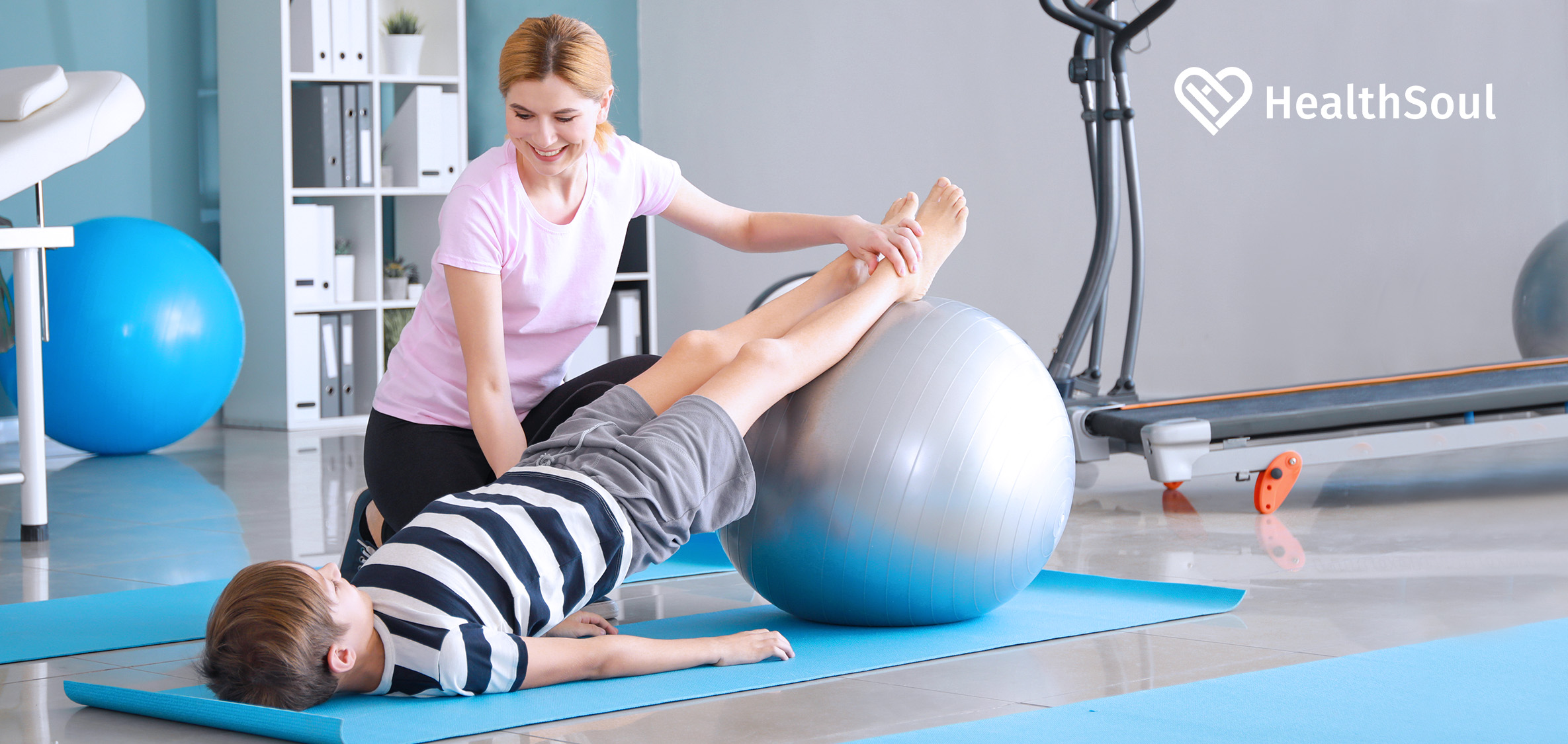
Occupational therapy assists people in overcoming barriers that prohibit them from doing tasks that others use every day, such as cooking, playing cards, or working. Physical therapy, also known as occupational therapy, is a multidisciplinary field that includes physical mobility, cognitive function, psychology, socialization, and mental health. The primary aims of occupational therapy are to analyze issues and come up with solutions.
A person suffering from a stroke, for example, may experience severe weakness on their right side. Cutting veggies, bathing, and using the computer becomes difficult due to a loss of their dominant hand. Occupational therapy for this individual may focus on improving fine motor skills in the left hand, prescribing pump dispensers, and instructing them on how to use a long-handled tool.
Going back to work after head trauma may necessitate a more involved treatment plan and the breaking down of duties into smaller chunks. Cooking a dinner, for example, entails planning, food shopping, preparation, and cooking. Each of those elements entails actions such as reading recipes, sitting on the bus to the store, and turning on and off the oven. Occupational therapy, like that, offered at Abilities Neurological Rehabilitation, examines daily-life goals and devises solutions to achieve them via the use of alternative techniques and assistive technology.
While the objective of these two related health fields is similar, they are not the same. Physiotherapy, for example, might be used to strengthen shoulder and arm muscles and increase range of motion. Occupational therapy is being used to rehabilitate the fine motor skills required to type on something like a keyboard or to learn to type with just one hand.
Physiotherapy refers to physical functions such as extending and straightening your leg or rotating your head, as well as muscular strength and pain relief. Occupational therapy is concerned with the execution of certain tasks or activities as well as behavior in a specific situation.
When it comes to therapy planning, occupational and physiotherapists frequently collaborate.
In Canada, occupational therapy is a regulated profession. Occupational therapists, as described here, must obtain a degree in occupational therapy from a recognized university.
Understanding physical mobility, cognitive performance, and psychosocial aspects that influence total wellbeing require university expertise in human anatomy, humanities, and psychology. Occupational therapists are problem-solving experts who assist people in finding methods to take care of themselves, socialize, and work despite their difficulties.
Our occupational therapists use a neurodiversity-affirming approach when working with people who are dealing with the effects of a neurological injury or condition. Children and teenagers with concussions, cognitive disabilities, developmental delays, or cerebral palsy might benefit from occupational therapy to improve hand-eye coordination, acquire fine motor hand motions, acquire good social skills, and gain greater independence.
Adults with a brain injury or stroke, as well as those with degenerative diseases like multiple sclerosis, benefit through occupational therapy either relearning old skills or learning new ways to achieve the same goals. Occupational therapists evaluate your present abilities, equipment, and surroundings to determine how to get stuff accomplished. Shifting furniture, moving items around in your cupboards, lowering clothing racks, putting grab bars, or making a reminder calendar are all examples of things you may do at home. Making automobile modifications, learning shorthand for note-taking, or employing speech-to-text software might all help you get to work and be more productive. Planting an indoor rather than garden, increasing response time in gaming, or utilizing extra protective gear when the wood carving is an examples of hobbies.
These are just a handful of the ways occupational therapy helps us live our best lives.
Dizziness, vertigo, involuntary repeated visual stimuli (nystagmus), ringing in the ears (tinnitus), and loss of balance are all common signs of vestibular illness. Nausea, loss of hearing, anxiety, poor memory, difficulty focusing, and other cognitive issues are all possible side effects.
There are several reasons for difficulties with the vestibular system since it is so complicated. Concussion, more serious traumatic brain damage and neck injuries are among them. Concussion, more stressful or traumatic brain damage, neck trauma, calcium crystals in the ear that have become dislodged, certain drugs, ear infections, central nervous illness, and poor circulation are among them.
The vestibular system can be repaired in certain circumstances by eliminating the culprit, such as altering drugs or performing the Epley Maneuver to move calcium crystals. In most situations, however, the objective of vestibular rehab is to retrain the brain so that it learns to compensate adequately for sensory impulses.
Physiotherapy is a sort of vestibular rehabilitation. There are three types of therapies that can be utilized to assist the vestibular system “recalibrate” if the cause cannot be eliminated.
Habituation: Habituation exercises, (https://www.ncbi.nlm.nih.gov/pmc/articles/PMC2904475/) isn’t fun, but if you stay with them long enough, you’ll notice results. These workouts are tailored to your unique triggers, or motions that cause or exacerbate symptoms. Why do we do such a thing? Because the brain learns to adjust or disregard the sensory signal through repetition of the trigger.
Gaze Stabilization: Some vestibular diseases cause the eyes to bounce, making reading and balance difficult. Gaze stabilization exercises, such as looking at an item while moving your head in the other direction or tracking a moving object while rotating your head in the reverse direction, help to improve eye movement control and alleviate symptoms.
Balance Training: Exercises that promote stability and steadiness are known as balance training. The exercises’ specific motions will be determined by the following factors.
The exercises’ specific motions will vary depending on the underlying illness, but they are all meant to reprogram the brain and how it interprets your interactions with the world.
The most essential thing to remember about vestibular rehab is that in order to observe results, the therapeutic activities must be done on a regular basis and frequently. You’ll know it’s worth it if you have a vestibular problem.
![]()